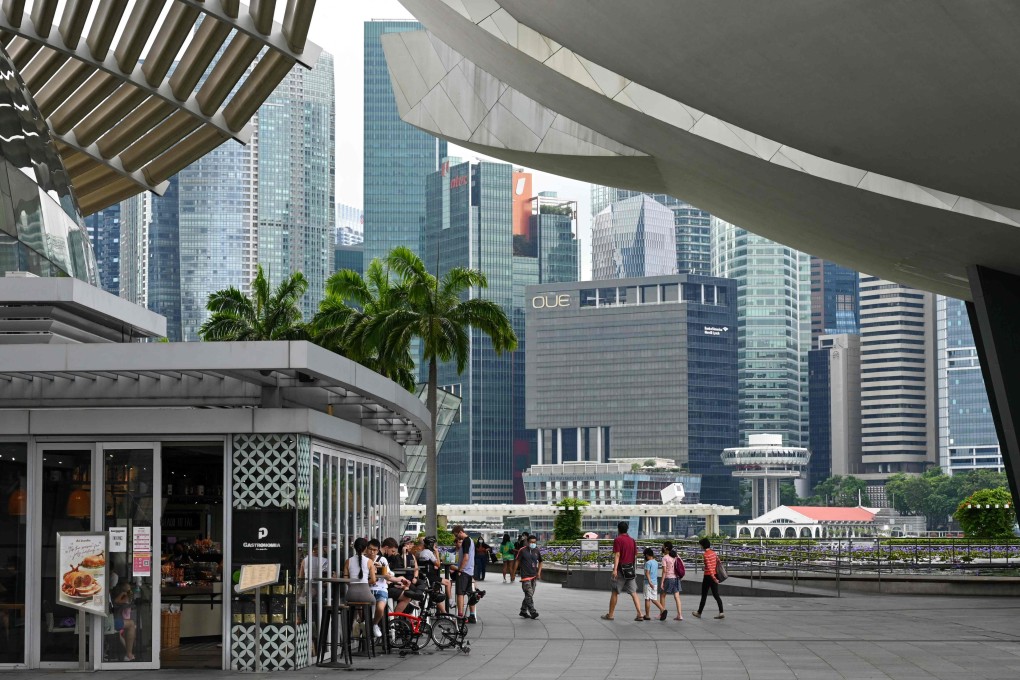Opinion | What makes Singapore a successful smart city, and how Hong Kong can follow suit
- Singapore’s smart city credentials include its use of big data for urban planning and resource management, its favourable regulatory environment for finance and tech start-ups, and successful roll-out of a digital ID for citizens
- Yet, with the right government policies, Hong Kong need not be left behind

Over the past few decades, Singapore has grown from one of the four Asian tiger economies into a veritable cosmopolitan city. It has topped global rankings of smart cities and technological hubs, and, after Israel, it has the most unicorns – start-up companies valued at or over US$1 billion – per person in the world. There is much Hong Kong can learn from Singapore’s success.
First, multiply resources. Like Hong Kong, Singapore is a coastal city with a rather limited land area. To overcome this scarcity, the Lion City has made use of data to optimise the potential of its land and sea space.
In 2019, Singapore’s Maritime and Port Authority developed a single information platform for consolidating marine, coastal and land data collected from 11 government departments, including the public utility and housing boards. Using this data, it built a virtual twin of the country’s marine and coastal space called GeoSpace-Sea.
This technology allows the data to be presented in 2D and 3D formats so that government agencies can monitor coastal and sea activities in real time, develop plans for waterfront use and land reclamation, coordinate desalination plants and sewage discharge, manage fisheries and the conservation of marine biodiversity, as well as create spaces for public recreation.

